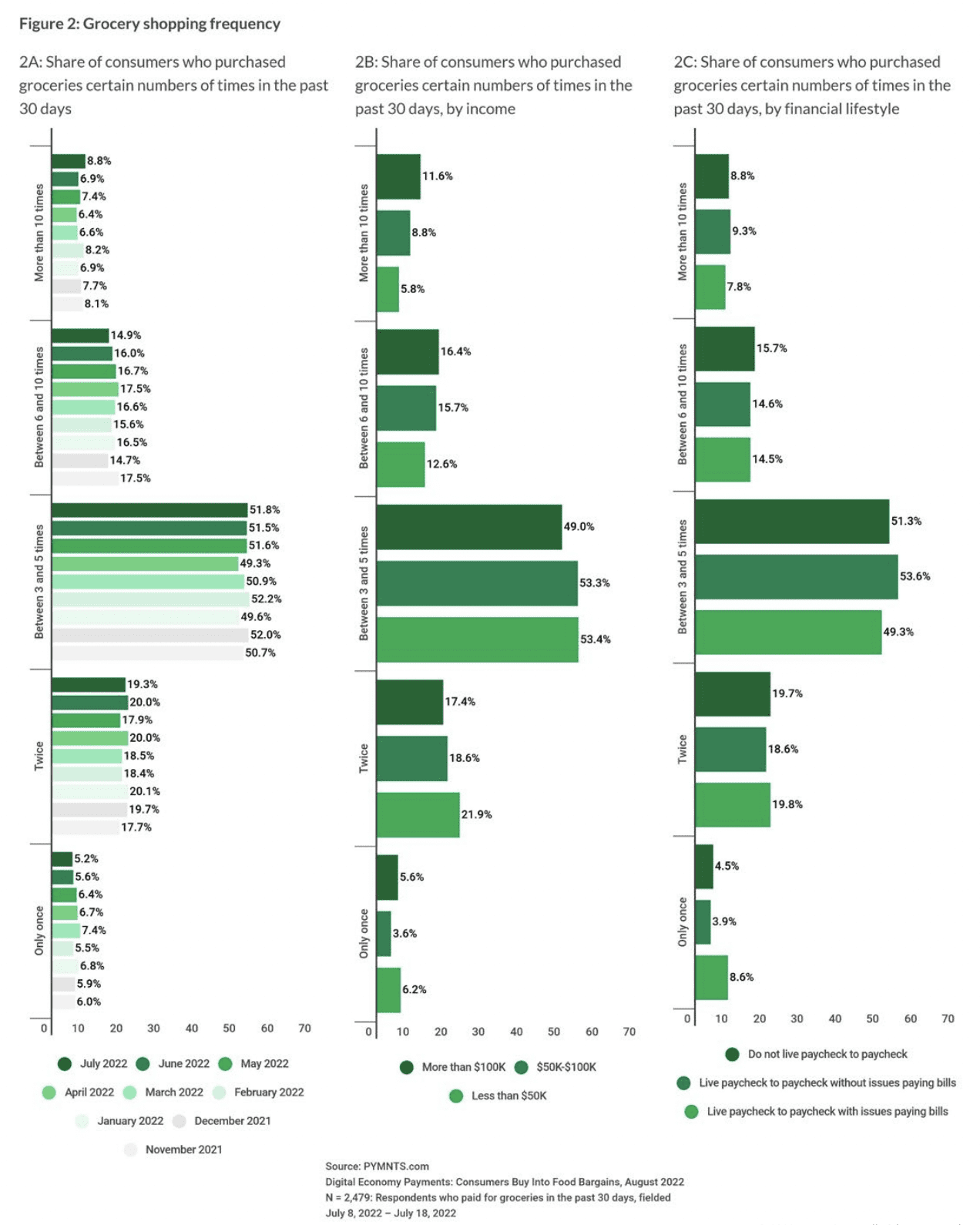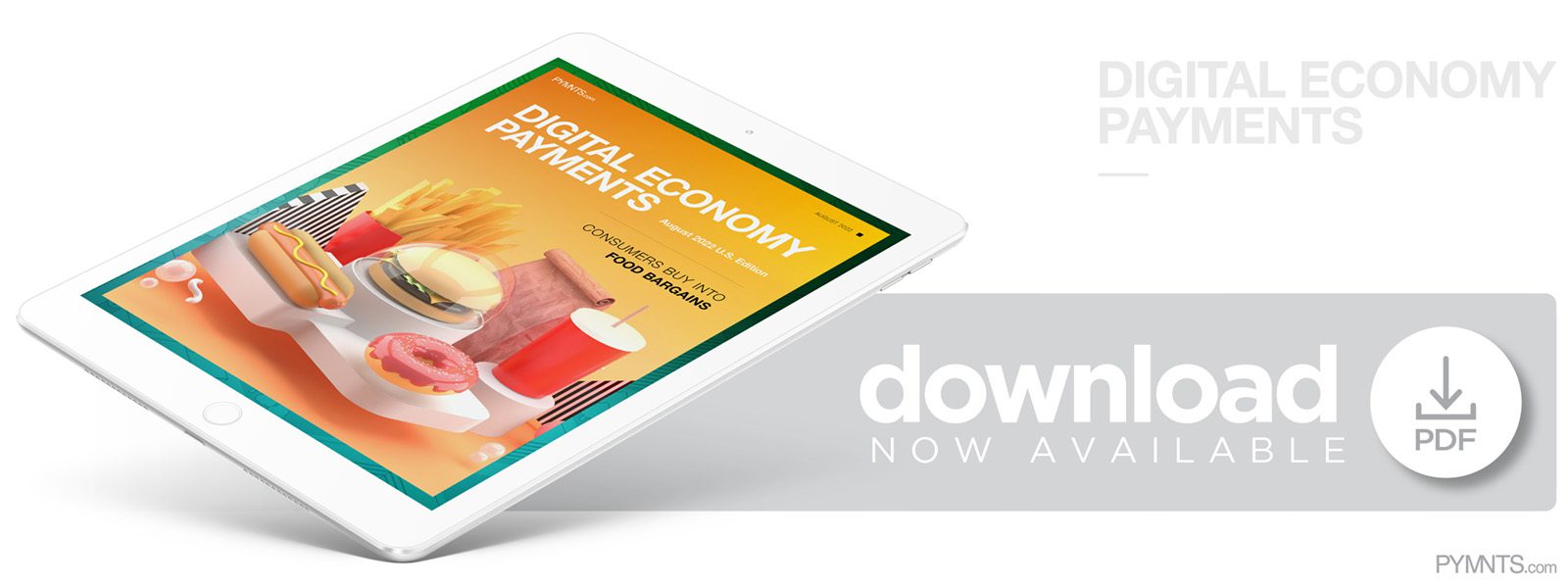High-Income Consumers More Likely to Be Grocery Super Shoppers

Lower-income consumers may be more likely to shop for groceries each month than their higher-income counterparts, but high-income consumers are the most likely to make grocery purchases every few days.
By the Numbers
Research from PYMNTS’ study “Digital Economy Payments: Consumers Buy Into Food Bargains,” which drew from a July survey of a census-balanced panel of nearly 2,700 U.S. consumers, finds that consumers who make over $100,000 were the most likely to purchase groceries more than 10 times in a month, with 12% doing so, compared to 9% of those who make $50,000-$100,000 and 6% of those who make less than $50,000.
Get your copy: Digital Economy Payments: Consumers Buy Into Food Bargains

What Insiders Are Saying
These higher-income consumers are the ones whose spending is the least affected by rising inflation, as John Ross, president and CEO at IGA (the Independent Grocers Alliance), told PYMNTS’ Karen Webster in an interview earlier this summer. He argued that, for grocers, there is not much to fear when it comes to where middle-income consumers and “more economically insulated shoppers” spend their money.
Independent grocers can attract these shoppers not on the basis of price but on the basis of their other advantages over mega-retailers.
“A thoughtful entrepreneur in the grocery industry in the independent sector actually has a huge competitive advantage in a lot of ways,” Ross said. “Consumers are fascinated by supply chain, and local is very powerful. And real butcher, real produce departments, real bakeries — those are huge competitive advantages.”

